You found our blog from a search, right?

We're Content Powered, and as our name suggests, our blog is our entire marketing strategy.
Our blog isn't an afterthought; it's how people find our company. We'll show you how you, too, can run a business blog like a pro.
Introduction
I think we can both agree that blogging is internet marketing 101.
Heck, if you Google "how to grow your website," you'll see that "blogging" or "creating content" is on every single list.
Funny enough, what kind of pages are those that you're reading on those search results?
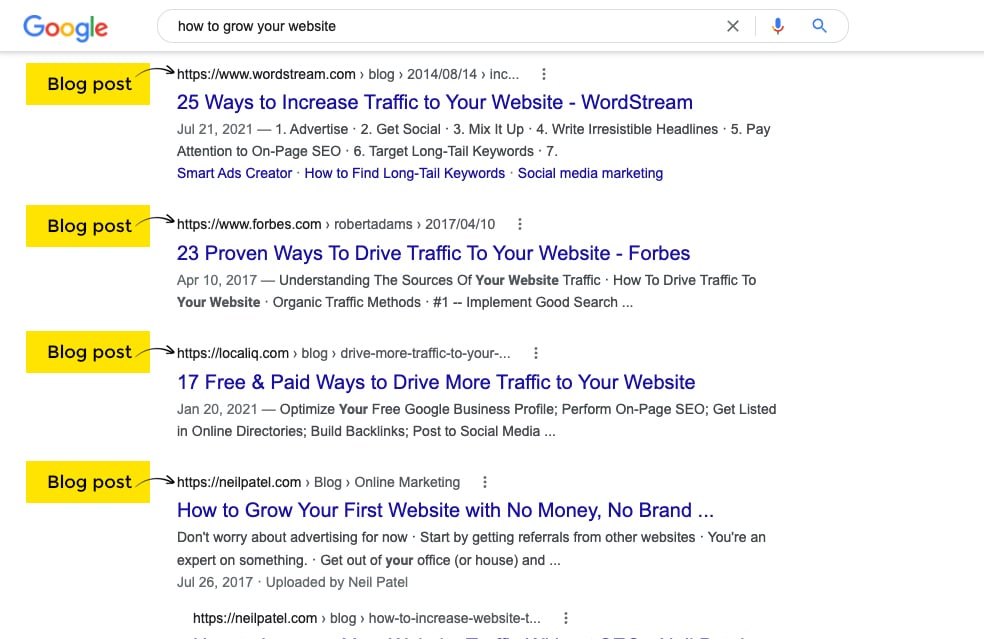
You guessed it - they're all blog posts. I wonder what kind of traffic they're getting from those? Are they making money from that traffic?
We know that blogging is beneficial, but many businesses are creating content that is a colossal waste of money.
What are the most common blog mistakes?
With any business investment, you need to weigh the costs against the benefits. Blogging is a tough investment to measure, which we'll get into here more in a bit. First, let's talk about what people are doing wrong:
1. They're half-assing it.
Google is a trillion-dollar company centered around evaluating the quality and relevance of content. If you put the bare minimum amount of effort into your blog by outsourcing your articles to a content mill and slapping up some stock photos, it isn't fooling them, and you shouldn't hold your breath waiting for those posts to perform. Remember, you'll need to create content that is better than the competition in every way to compete. The problem is that "quality" means something different to everybody. Word count, topic relevance, optimization, competition, images, formatting, domain authority, blog post type, page experience, conversion optimization - content marketing is a lot more nuanced than people give it credit for.
2. They're picking the wrong topics.
If you write about a blog post topic that is too competitive, has too little traffic, or doesn't have any value to your business, you'll either get no traffic, or you'll attract users who have no interest in your products or services. Picking the right blog post topics is half art and half science.
3. They are missing opportunities.
Every blog post is an opportunity. Sometimes, rewording a blog post topic can double your traffic. Other times, adding 500 words to a blog post can bring it back from the dead and recover lost traffic.
4. They aren't giving it enough time.
I can't fault anyone for this. You try something for 6-12 months, and if it isn't paying for itself, you cut your losses and try something else, right? Well, this logic isn't always compatible with a content marketing strategy:
1. Blogging can take months or even years to hit a positive ROI. Compound growth doesn't happen overnight, and growth is the slowest when you're first building trust with search engines.
2. Blog posts drive traffic and value for years, even decades, so measuring long-term ROI is a bit different than measuring the ROI of pay-per-click ads.
3. Many people are making the mistakes listed above, resulting in a blog that never takes off or only has one or two successes after a hundred blog posts.
Okay, so what should I do instead?
Now that we know the biggest reasons that a content strategy fails, let's talk about some of the things that can make it a success. This will give you an idea about what an effective blogging strategy looks like and what you can expect:
1. Lean on data for research and optimization
This doesn't mean you should rely exclusively on software. Big data and AI-powered tools are helpful to crawl Google searches, catalog changes in results, spot trends, learn what your competitor's biggest wins and losses are, evaluate the competition, measure content quality and relevance, check grammar, and evaluate keyword placement.
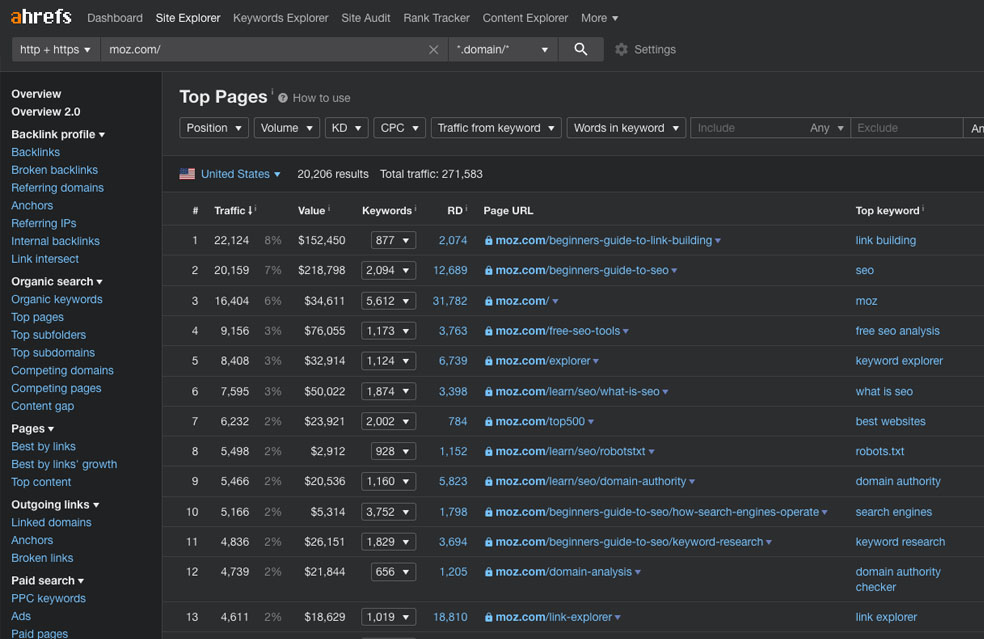
Data is a helpful predictor of success. If the number one result for a blog post that you're thinking of writing about only accounts for less than 1% of a small competitor's total traffic, is it really going to be a big win for you if you take that spot? If a competitor that you're trying to outrank scores an A+ on Clearscope and your article scores a D+, do you feel confident that your article is optimized enough?
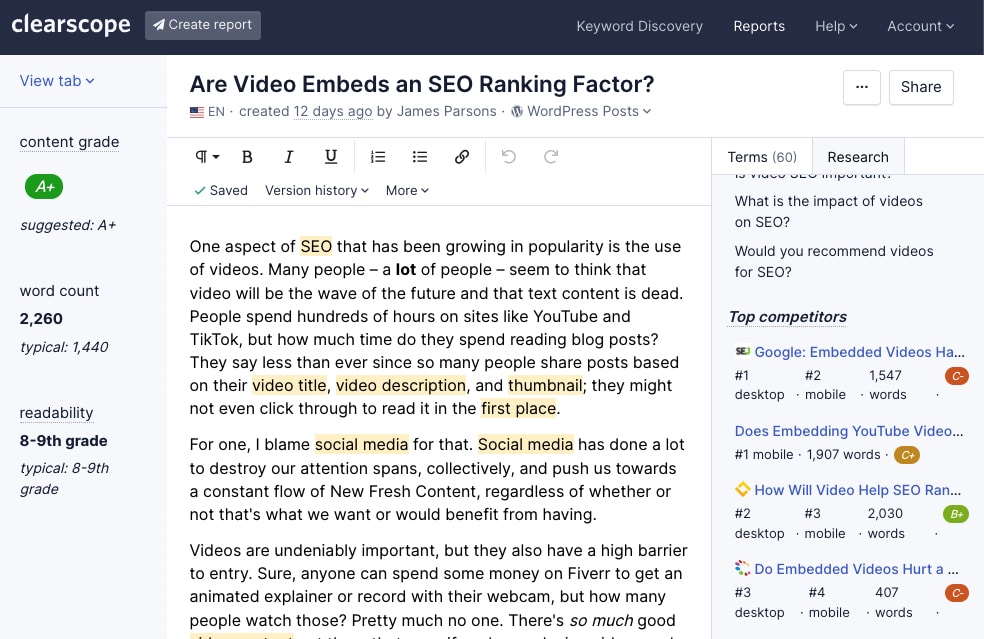
If the average word count of the first five results on Google is 1,700 words, will you have a good chance of competing with an article that is only 1,000 words? This data helps you make smarter decisions, waste less money, and increase your win count.
2. Understand the longterm ROI of blogging
Unlike other forms of digital marketing, blogging and SEO are long-term investments, and you're creating digital assets that will drive traffic for years to come. We wrote blog posts that are nearly a decade old ago that are still driving thousands of visitors per day in organic traffic, and we've barely touched them since then.

With blogging, you need to zoom out accordingly. If you're creating high-quality content and competing at a high level, the question isn't if your investment into your content will pay for itself; it's when. If you're measuring your success in a small 6-month window, you may be disappointed. If you're measuring it across a 2-3 year window, it may make a lot more sense to you. There's a reason why we don't have social media profiles or run ads - we get all of the traffic we need from our blog content. We own our content, we have full control over it, and we benefit from compound growth.
3. Focus on the right content types.
There are 12 popular types of blog posts and even more formats that are less popular. We focus primarily on two types of blog posts - evergreen and linkbait.
Evergreen blog posts focus on relevant topics and will also be relevant 3, 5, or even ten years from now. Like evergreen trees, they never wilt or go out of style. Putting serious effort into covering these topics (and doing it better than anybody else) can yield stable traffic for a very long time.
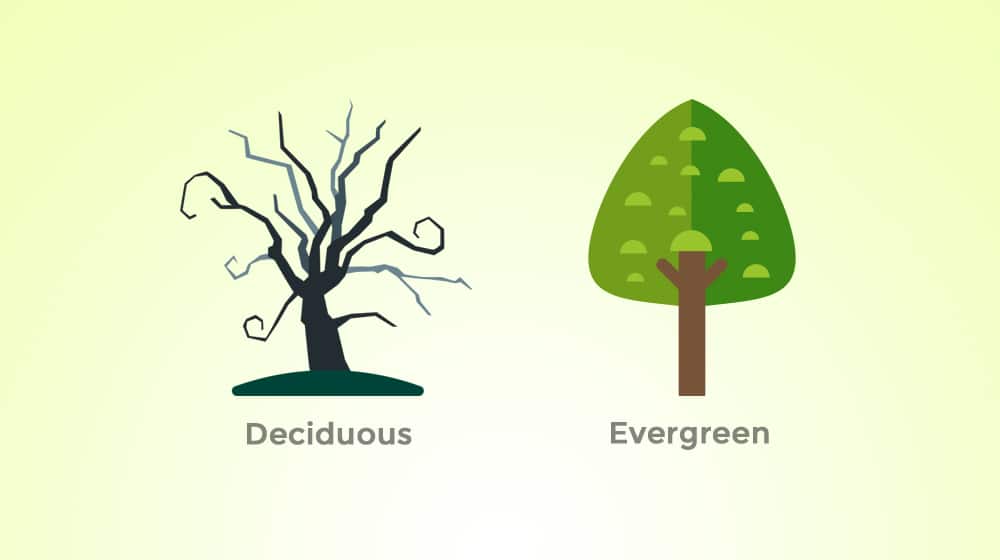
Linkbait blog posts, on the other hand, are primarily written with the intent of attracting backlinks. Next to content, links are the second most important part of your website growth, and creating blog posts centered around these subjects can be very powerful. Our linkbait posts have been mentioned on nearly every major news network and online publication you can think of.
4. Never build links again.
Here's a secret; sites that publish great content aren't usually building links. Matt Cutts, the former head of webspam at Google (yes, the team responsible for preventing ranking manipulations from link building), left a great quote on his blog:
The objective is not to “make your links appear natural”; the objective is that your links are natural.
Spending money on link building has a lot of issues. It's time-consuming and expensive. It's unreliable since links are deleted, and websites disappear every day. A publisher could decide to nofollow all of their outbound links, stripping your authority in the future. It's usually ineffective, as acquiring links on reputable sites is very difficult. Lastly, it's risky, as Google is extraordinarily effective at detecting backlink manipulation and publishers with poor linking practices. They love patterns and track things like velocity, author, destination URL, anchor text, link neighborhoods, the other outbound links on the page. Most people end up doing more harm than good here. If it was easy for you to buy or acquire a link on a website, chances are pretty good that they've allowed worse websites than yours to squeak through, and you may be associated with those websites.
When you blog, you'll acquire links naturally. As it turns out, bloggers link to other blog posts, and great content gets cited all the time. Our clients have acquired links from massive DA 80-90+ websites organically without having to pay anything for them.

Just in the past week since writing this, Content Powered was mentioned in a blog post on Wix.com, a DA 93 website.
5. Optimize your conversion funnel.
What do you do after you land on a blog post? Probably what most people do - you skim a bit, read some sections, and eventually get to the end and click "Back" in your browser to go back to Google.
An essential part of capturing blog post traffic is implementing the right calls to action and steering visitors towards your products or services. This is why you're now reading this page instead of the blog post that you originally landed on - a call to action caught your attention, and you decided to read more.

You can directly advertise individual products, book phone calls, capture email subscribers, and implement clever methods to extract value and subtly draw attention.
6. Focus on quality over quantity.
Many of our clients sign up with us and already have a few hundred blog posts on their websites. In most cases, one of our blog posts is able to out-perform 50 of their older blog posts, and they end up becoming the most significant traffic sources on their website.
Why is that? Our philosophy is to focus on high-value topics and then really hit it out of the park with those blog posts. We only create long-form content for our clients that is a minimum of 2,000 words. The average competing blog post on the front page of Google lands at around 1,400 words. Word count isn't everything, but our content is better optimized, more helpful, easier to read, faster to load, and generally more complete than the competing articles. We don't want to give search engines a chance - we need to focus on quality and create a legitimately better piece in every way to deserve the #1 spot.
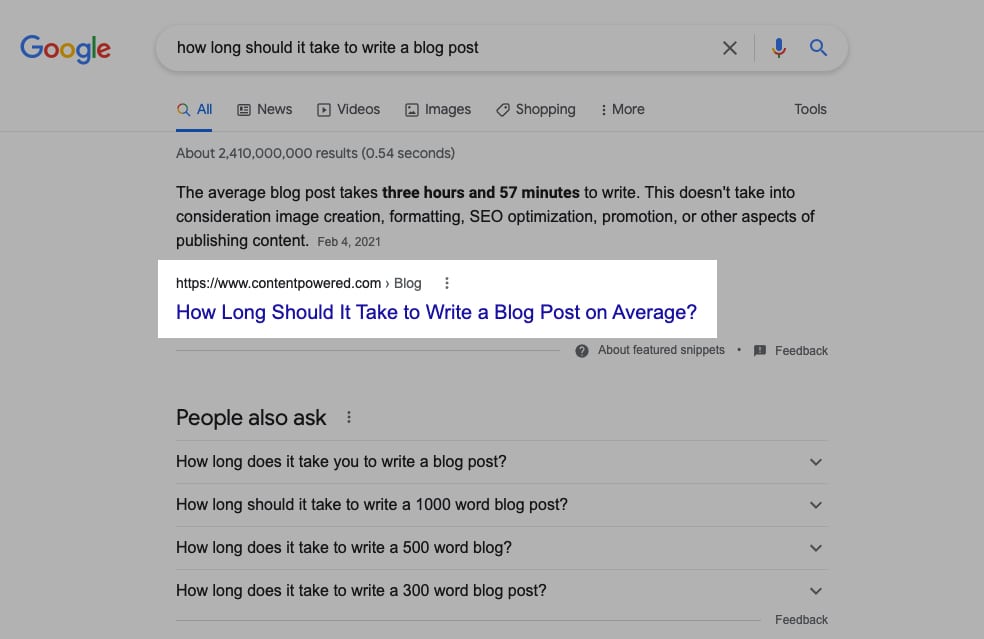
The quantity of your blog posts is a distraction. It doesn't matter if you have thousands of blog posts or if you're publishing daily; if the majority of those articles aren't ranking, then they are dead weight. In some cases, your site will actually be better off by deleting them. Google "averages" content quality in a sense, according to John Mueller of Google, so old, thin, or low-value pages could actually be dragging down your entire website.
7. Make your user experience bulletproof.
Google considers hundreds of factors when ranking blog posts, and most of them are centered around quality.
While the quality of the words themselves is arguably the most important factor, the quality of your website itself is also very important. If you have two nearly-identical websites competing for the number one spot, the site that has a better mobile site, has fewer distractions, has a better site structure, and is faster loading may just take the number one spot.
Our goal is to use every possible advantage to compete. Sites with a good user experience make for happy users, and happy users make Google happy. Google measures page experience with complicated metrics like CLS (cumulative layout shift), LCP (largest contentful paint), and FID (first input delay). It's not just about how fast your website is, but how efficient your codebase is and how your layout appears to load. These are things that we help our clients with as well.
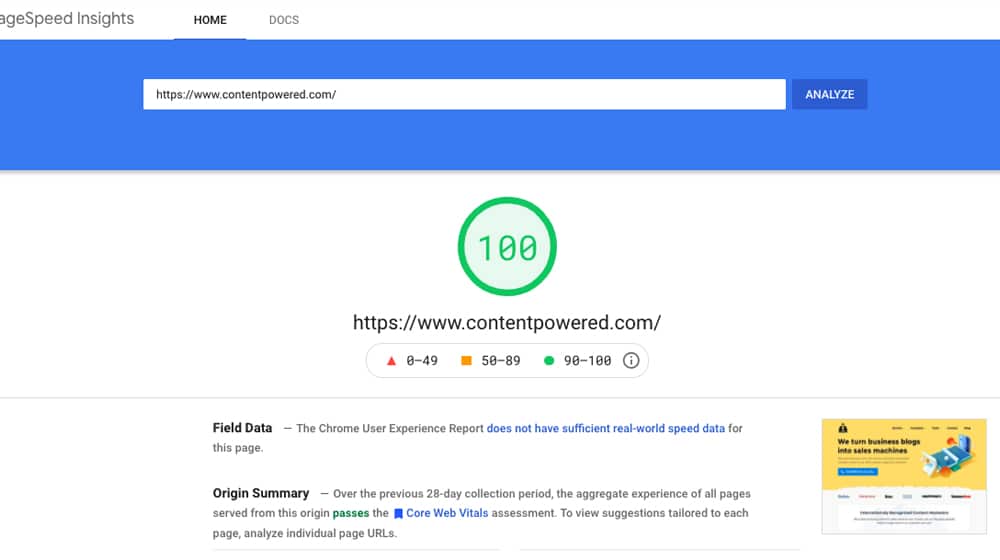
The reason for this is primarily for mobile users. Phone connections are generally quite a bit slower than home connections, especially in remote areas where high-speed cellular service isn't available, and clunky websites that are spent loading unnecessary assets (instead of the parts of the page that the user can actually see) can result in the user looking at a white page for a long while. This makes Google look bad for delivering this result to the user in the first place. You don't want to be a part of that group.
Let's Grow Your Business
Want some free consulting? Let’s hop on a call and talk about what we can do to help.

